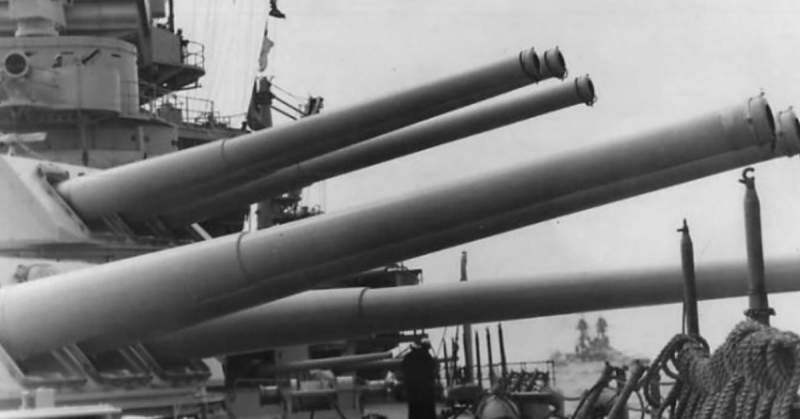Pearl Harbor was considered to be one of the worst battles between the Americans and the Japanese during World War II. Following the tragedy at Pearl Harbor, the two countries began engaging in many combats since then. One of the most significant was the battle at Surigao Strait which occurred in 1944.
It was seen as the final conflict between American and Japanese warships. It was also fought as part of the bigger Battle of Leyte Gulf.
Because the Americans were well aware of the Japanese’ tactics, they always keep themselves prepared at all times. It was around mid-afternoon of October 24, 1944 when Vice Admiral Thomas C. Kinkaid sent a message to Rear Admiral Jesse Oldendorf. Naval intelligence had been sent out that Japanese naval forces were on their way towards the Leyte Gulf.
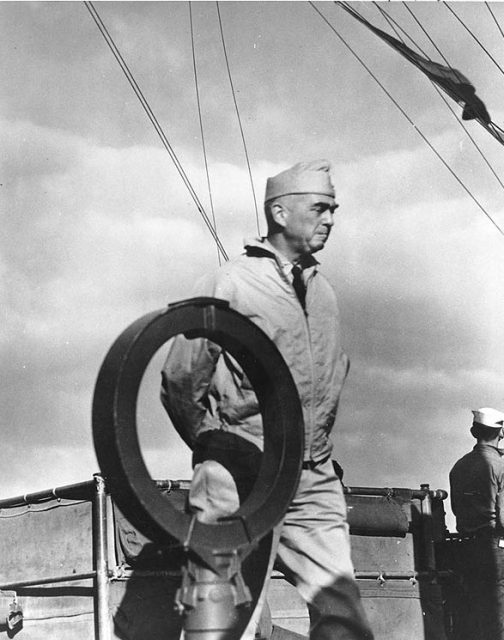
Japanese fleet intrusion
The battle began as the Japanese attempted to defeat the massive American fleet that landed on the island of Leyte. Four Japanese forces were centered on the plan to intercept the American fleets. The plan was that one Japanese carrier force would head up north to divert the American battleships and carriers away from Leyte Gulf.
Three of the remaining forces would then cut through the Philippines. They would then seize the American shipping that was vulnerable through the north and south areas. A central Japanese force would also emerge from San Bernadino Strait and the southern force would surface at the Surigao Strait, in between Mindanao and Leyte.
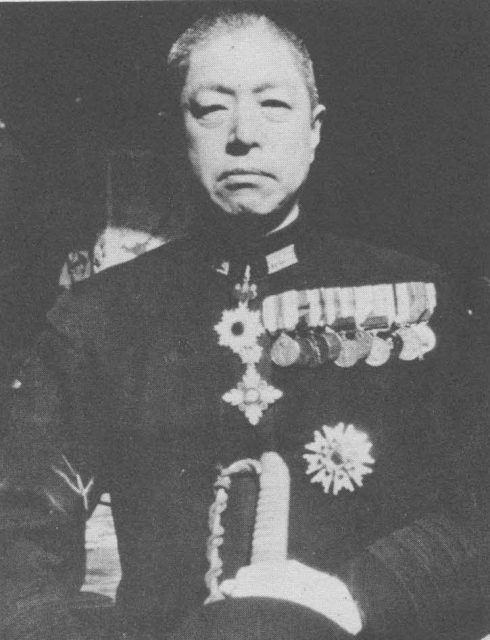
One of the two southern Japanese forces under Vice Admiral Shoji Nishimura was the most powerful. They carried a heavy cruiser, two battleships and four destroyers.
The other Japanese force under Vice Admiral Kiyohide Shima carried four destroyers and three cruisers. As they approached the Philippines, they came in different directions. Nishimura’s forces entered from the west, while Shima’s entered from the north.
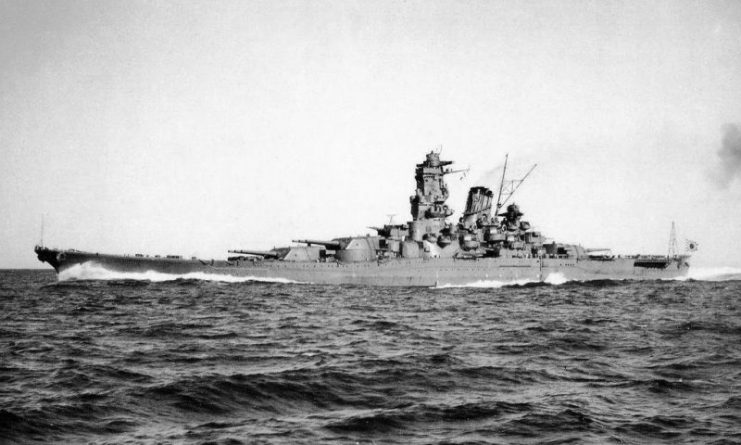
Although they had set their plan in motion, there wasn’t any concrete coordination between forces and they didn’t come together closely until reaching Mindanao. This led to their loss as the battle was fought entirely by Nishimura’s forces. Not only that, but the battleships they had used were also obsolete.
American Defenses
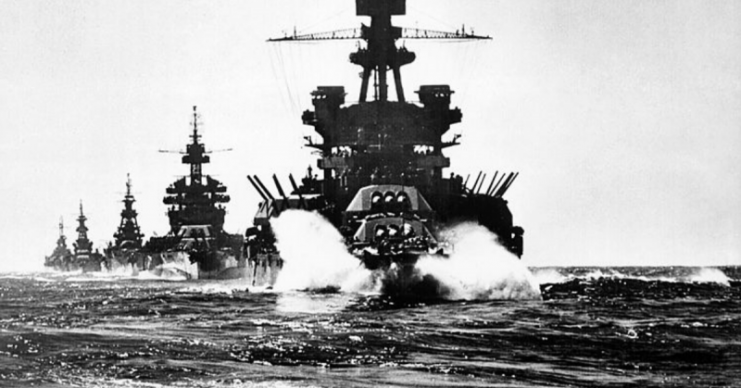
Thee 7th fleet under Admiral Kinkaid was partly faced by the Japanese. The support of the American landings on Leyte was Admiral Kinkaid’s primary task. With this, he carried 6 battleships, 86 destroyers and 11 cruisers. They had found out by October 24 that Japanese fleets were going to attack through their approach in the Philippines. However, some of the central forces had suffered air and submarine attacks.
So, Admiral Oldendorf was deployed to defend the Surigao Strait with fire support from six groups of outdated battleships. These battleships were the Mississippi, Pennsylvania, Maryland, Tennessee, West Virginia, and California. On top of that, Oldendorf also had at his disposal 28 destroyers, eight cruisers and vast numbers of PT boats.
Admiral Oldendorf then positioned his battleships from the strait through their exits. He also had cruisers and destroyers ready, and at their strategic flanks in case the Japanese decided to advance with torpedo attacks. In the meantime, the PT boats were deployed to seek out the Japanese forces on their radar.
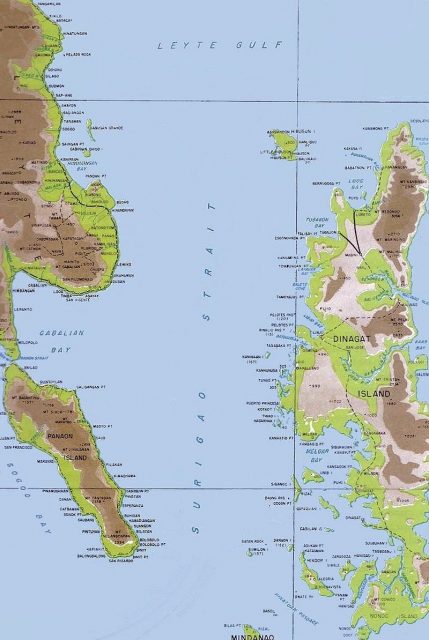
The nature of the battle
At around 10 P.M. on October 24, the PT boats had detected the Japanese squadron and soon prepared to invade the Japanese. Despite that, Nishimura and his forces did not stop and still made their way to enter the straits. Soon, American destroyers intervened and succeeded in obstructing the Japanese forces.
By 3 A.M. on October 25, destroyers then launched torpedo attacks and struck the Fuso. It caught fire and, eventually, sank. Japanese destroyers were also attacked and had fallen, while others were too terribly damaged to go on. Soon, Nishimura only had the battleship Yamashiro, which was struck by torpedoes.
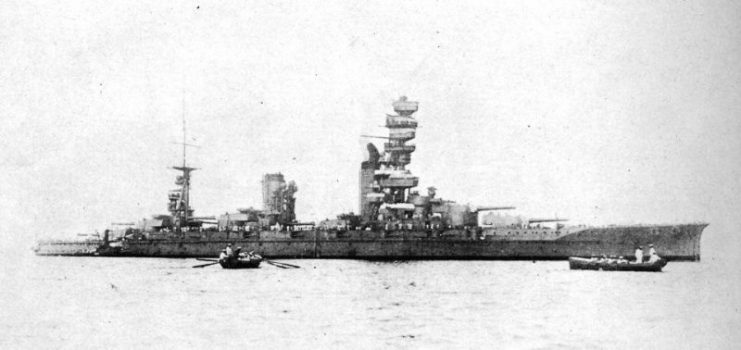
Many of the Japanese ships took a bad beating from the American forces and had no choice but to retreat. Only a few managed to escape, while the rest had sunk from the strikes when they caught fire.
It was because of the intelligence sent to Americans that the Japanese decided to retreat. It was known that Kurita’s battleships were emerging from the San Bernardino Strait to attack the escort carriers of the 7th fleet. This forced them to withdraw from the battle but with damaging consequences.
Read another story from us: Pearl Harbor Survivor – The USS California “Prune Barge”
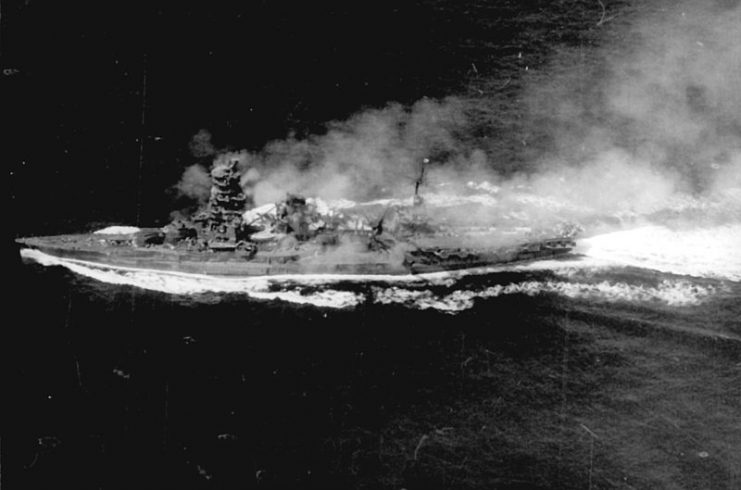
The Japanese battleship Ise underway during the Battle of Leyte Gulf
As soon as the Japanese realized that they were outnumbered, they fled with their plan ending in failure and the crisis passed.
